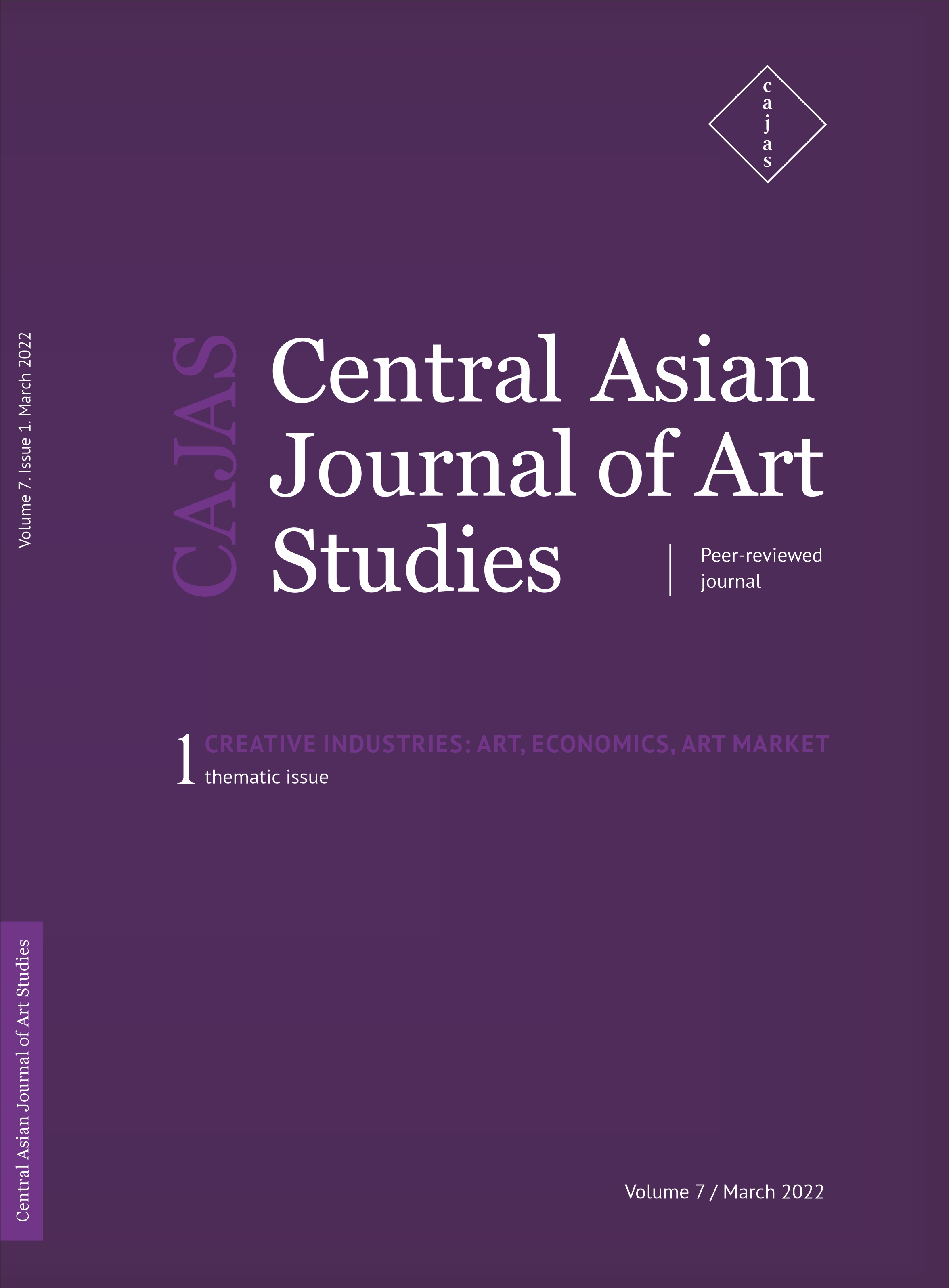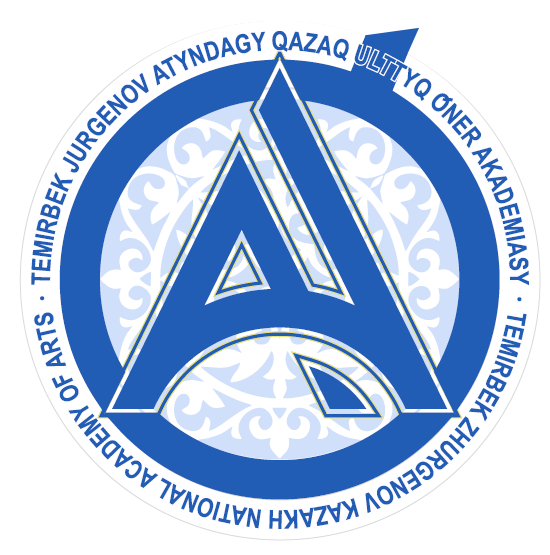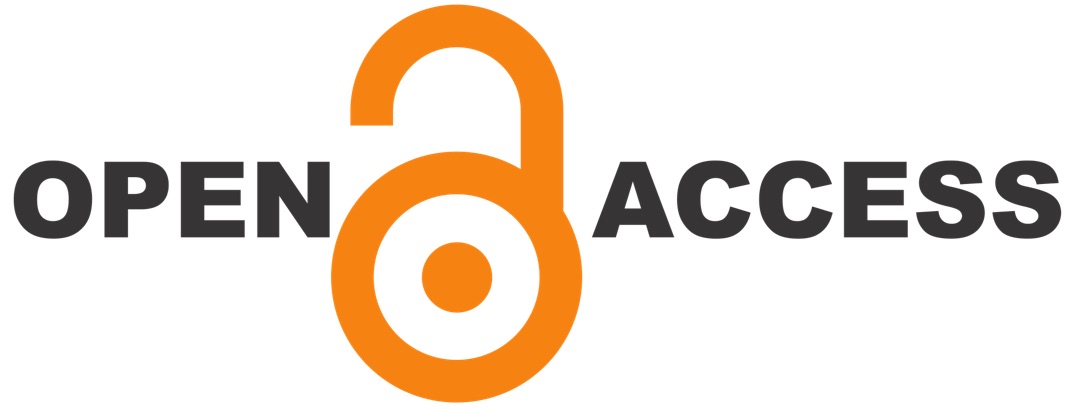Особенности формирования инклюзивной детской предметно-пространственной среды в Казахстане (на примере города Алматы)
DOI:
https://doi.org/10.47940/cajas.v7i1.539Аннотация
Современное наполнение игровых площадок в городской среде основано на понимании того, как игровые площадки могут принести пользу обществу. Территории общественных пространств позволяют создать универсальное место, улучшающее качество жизни для людей различной возрастной категории, разносторонних интересов и физических возможностей.Любой возраст и уровень физических способностей должен учитываться при проектированиидетской игровой среды. Основная часть игровых детских площадок в городах Казахстана не отвечает требованиям инклюзивности. В представленном материале рассматриваются основные положения, влияющие на формирование инклюзивной городской среды для детей. Описывается функция взаимодействия ребёнка с оборудованием, и какое влияние это оказывает на его развитие. Приводятся результаты дипломной работы на тему: «Дизайн-концепция инклюзивных детских площадок для города Алматы» студентки, обучающейся по специальности 5В042100 – «Дизайн», Даны Туматай, руководитель Шнейдер Элина Викторовна. Затрагивается тематика существующего положения детских площадок в крупных городах Казахстана. Настоящая работа посвящена исследованию принципов формирования инклюзивной предметно-пространственной среды города с учётом потребностей детей разных возрастных категорий и физических способностей. Поощрение развития игровых пространств требует индивидуального подхода для каждого конкретного участка. Изучение потребности детей позволяет создавать уникальную, развивающую, многофункциональную среду, способную заинтересовать ребёнка и вовлечь его в игру. Детская игровая площадка должна способствовать общению детей, для этого необходимо деятельность. На сегодняшний день необходим пересмотр существующего детского пространства в городской среде, чтобы обеспечить долговременный интерес к игровой площадке.Ключевые слова:
детская площадка, игровая среда, функция игры, инклюзивность, предметно- пространственная средаСкачивания
Библиографические ссылки
Список источников
Барейчева, Марина, и др. «Сравнительный анализ зарубежного опыта оформления детских площадок и возможность его применения на территории России». Международный студенческий научный вестник, № 1, 2019, с. 59–64,
www.eduherald.ru/ru/article/view?id=19476. Дата доступа 19 января 2022.
Месенева, Наталья, и Наталья Милова. «Тенденции формирования дизайна детских игровых площадок в современной городской среде». Фундаментальные исследования, т. 1, № 12, 2017, с. 74–79, www.fundamental-research.ru/ru/article/view?id=41982. Дата доступа 16 октября 2021.
Никитина, Наталья. «Детское игровое пространство». Методические указания для практических занятий и курсового проектирования по курсу архитектурно-конструктивного проектирования» для студентов дневной формы обучения
по специальности 270114 – «Проектирование зданий». 16 ноября 2006. Екатеринбург, УГТУ-УПИ, 2016.
Шеина, Елена, и Мария Соколова. «Проблема риска и безопасности игровой среды в зарубежной психологии». Современная зарубежная психология, т. 5, № 1, 2016, с. 16–23. DOI: 10.17759/jmfp.2016050102.
Brischetto, Alessia, et al. “Playgrounds for All: Practical Strategies and Guidelines for Designing Inclusive Play Areas for Children.” Advances in Design for Inclusion. AHFE 2018. Advances in Intelligent Systems and Computing, edited by Giuseppe Di Bucchianico, vol. 776, pp. 105–115, 2018. DOI: 10.1007/978-3-319-94622-1_11.
“The Evolution of Public Playgrounds in the United States.” Playworld, 25 March 2019, www.playworld.com/blog/evolution-public-playgrounds-united-states/. Дата доступа 23 января 2022.
“Imagination Playground in a Box – The Index Project.” The Index Project. Index Award 2011 Finalists. Play & Learning, 19 August 2011, www.theindexproject.org/award/winnersandfinalists/finalist2011-45. Дата доступа 10 января 2022.
“Incorporating Play into Pedestrian Walkways.” Child in the City, 1 June 2014, www.childinthecity.org/2016/01/19/a-playground-on-a-street-yes-it-can-happen. Дата доступа 06 февраля 2022.
Khalykov, Kabyl, et. al. “Trends in the Formation of the Semantic Image of the Capital City» (by the Example of Almaty).” Annales. Series Historia et Sociologia, vol. 25, issue 3, 2015, pp. 441–450, www.zdjp.si/wp-content/uploads/2015/12/Pages-from-Annales-SHS-25-2015-3_KHALYKOV_LOWRES1.pdf. Дата доступа 2 февраля 2022.
Moore, Alice, et al. “Can Universal Design Support Outdoor Play, Social Participation, and Inclusion in Public Playgrounds? A Scoping Review.” Disability and Rehabilitation, pp. 1–22, 2020. DOI: 10.1080/09638288.2020.1858353.
Nabors, Laura, et al. “Involving Preschool-Age Children with Special Needs on Playgrounds. Promoting Prosocial Behaviors in Children through Games and Play: Making Social Emotional Learning.” ResearchGate, January 2018, www.researchgate.net/
publication/326149397_Involving_preschool-age_children_with_special_needs_on_playgrounds. Дата доступа 2 февраля 2022.
Ostrowska-Tryzno, Anna, et al. “Sport and Physical Activity in the Urban Area – Housing Estate Greens for Three Generations.” Sport i Turystyka, vol. 3, no. 2, pp. 105–128, 2020. DOI: 10.16926/sit.2020.03.16.
“Play Values in Inclusive Playgrounds / HAGS.” www.hags.com/en-us/designing-inclusive-playgrounds/play-values. Дата доступа 20 января 2022.
Price-Robinson, Kathy. “The Evolution of North American Playgrounds from 1900 to the Present and Beyond.” Continuing Education Center – Architecture + Construction, 10 May 2015, continuingeducation.bnpmedia.com/courses/little-tikes-commercial/
the-evolution-of-north-american-playgrounds-from-1900-to-the-present-and-beyond/4/. Дата доступа 23 января 2022.
Richter, Spielgeraete. Spielwert & Sicherheit. Katalog Acoustic and Play. Merkmale der Richter Spielgeräte. www.richter-spielgeraete.de. Дата доступа 19 января 2022.
References
Bareicheva, Marina, et. al. “Sravnitel’nyi analiz zarubezhnogo opyta oformleniya detskikh ploshchadok i vozmozhnost’ ego primeneniya na territorii Rossii” [“Comparative Analysis of Foreign Experience in the Design of Playgrounds and the Possibility of its Application
in Russia.”] International Student Scientific Bulletin, no. 1, pp. 59–64, 2019. www.eduherald.ru/ru/article/view?id=19476. Accessed 19 January 2022. (In Russian)
Brischetto, Alessia, et al. “Playgrounds for All: Practical Strategies and Guidelines for Designing Inclusive Play Areas for Children.” Advances in Design for Inclusion. AHFE 2018. Advances in Intelligent Systems and Computing, edited by Giuseppe Di Bucchianico, vol. 776, pp. 105–115, 2018. DOI: 10.1007/978-3-319-94622-1_11.
“The Evolution of Public Playgrounds in the United States.” Playworld, 25 March 2019, www.playworld.com/blog/evolution-public-playgrounds-united-states/. Accessed 25 January 2022.
“Incorporating Play into Pedestrian Walkways.” Child in the City, 1 June 2014, www.childinthecity.org/2016/01/19/a-playground-on-a-street-yes-it-can-happen. Accessed 06 February 2022.
“Imagination Playground in a Box – The Index Project.” The Index Project. Index Award 2011 Finalists. Play & Learning, 19 August 2011, www.theindexproject.org/award/winnersandfinalists/finalist2011-45. Accessed 10 January 2022.
Khalykov, Kabyl, et. al. “Trends in the Formation of the Semantic Image of the Capital City» (by the Example of Almaty).” Annales. Series Historia et Sociologia, vol. 25, issue 3, 2015, pp. 441–450, www.zdjp.si/wp-content/uploads/2015/12/Pages-from-Annales-SHS-25-2015-3_KHALYKOV_LOWRES1.pdf. Accessed 2 February 2022.
Messeneva, Natalya, and Natalya Milova. “Tendentsii formirovaniya dizaina detskikh igrovykh ploshchadok v sovremennoi gorodskoi srede.” [“Trends of the Design of Children’s Playgrounds in the Modern Urban Environment.”] Fundamental research, vol. 1, no. 12,
pp. 74–79, www.fundamental-research.ru/ru/article/view?id=41982. Accessed 16 October 2021. (In Russian)
Moore, Alice, et al. “Can Universal Design Support Outdoor Play, Social Participation, and Inclusion in Public Playgrounds? A Scoping Review.” Disability and Rehabilitation, pp. 1–22, 2020. DOI: 10.1080/09638288.2020.1858353.
Nabors, Laura, et al. “Involving Preschool-Age Children with Special Needs on Playgrounds. Promoting Prosocial Behaviors in Children through Games and Play: Making Social Emotional Learning.” ResearchGate, January 2018, www.researchgate.net/publication/326149397_Involving_preschool-age_children_with_special_needs_on_playgrounds. Accessed 2 February 2022.
Nikitina, Natalya. “Detskoe igrovoe prostranstvo.” [“Children’s Play Space.”] Guidelines for Practical Exercises and Course Design at the Course of Architectural and Structural Design for Full-time Students in the Specialty 270114 Building Design". Yekaterinburg, USTU-UPI, 2006. (In Russian)
Ostrowska-Tryzno, Anna, et al. “Sport and Physical Activity in the Urban Area – Housing Estate Greens for Three Generations.” Sport i Turystyka, vol. 3, no. 2, pp. 105–128, 2020. DOI: 10.16926/sit.2020.03.16.
“Play Values in Inclusive Playgrounds / HAGS.” www.hags.com/en-us/designing-inclusive-playgrounds/play-values. Accessed 20 January 2022.
Price-Robinson, Kathy. “The Evolution of North American Playgrounds from 1900 to the Present and Beyond.” Continuing Education Center – Architecture + Construction, 10 May 2015, continuingeducation.bnpmedia.com/courses/little-tikes-commercial/
the-evolution-of-north-american-playgrounds-from-1900-to-the-present-and-beyond/4/. Accessed 23 January 2022.
Richter, Spielgeraete. Spielwert & Sicherheit. Katalog Acoustic and Play. Merkmale der Richter Spielgeräte, www.richter-spielgeraete.de. Accessed 19 January 2022.
Sheina, Elena, and Mariya Sokolova. “Problema riska i bezopasnosti igrovoi sredy v zarubezhnoi psikhologii.” [“The Problem of Risk and Safety of the Gaming Environment in Foreign Psychology.”] Modern Foreign Psychology, vol. 5. no. 1, 2016, pp. 16–23. DOI: 10.17759/jmfp.2016050102. (In Russian)
Опубликован
Как цитировать
Выпуск
Раздел
Лицензия
Copyright (c) 2022 Central Asian Journal of Art Studies

Это произведение доступно по лицензии Creative Commons «Attribution-NonCommercial-NoDerivatives» («Атрибуция — Некоммерческое использование — Без производных произведений») 4.0 Всемирная.
















